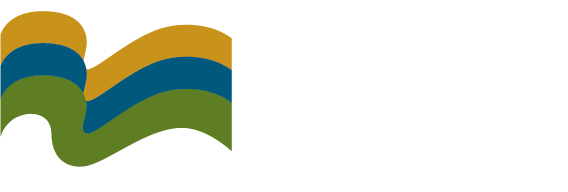WQIP:2015 is a tool to support users to document and quantify the issues impacting water quality in the region and the Reef. It assembles and presents complex information in a way that can be understood by decision makers and communicated to the broader community so that the process is transparent. It should not be considered a final ranking for action. Rather, it should be used to identify areas to be considered more closely for the potential to undertake specific projects within neighbourhood catchments and used in conjunction with other resources such as; on-ground knowledge, site-specific data sets and common sense. Both the agricultural and environmental prioritisation processes involved a number of complex underlying processes that have been combined to give final priority scores. It is important that users understand the strengths and limitations of each of these processes and the challenges that arise when combining these processes together when determining final priority areas and actions.
Priority Neighbourhood Catchments for ecosystem repair have been identified to help target investment. Ecosystem repair actions include improving fish passage past instream barriers such as weirs, as well as restoring and protecting wetlands and riparian vegetation.
Scientific assessments have prioritised wetlands, coastal ecosystems and barriers to fish passage. These assessments have been combined to provide an overall assessment of priority areas for ecosystem repair.
While these results highlight catchments with high potential for ecosystem repair, more detailed information would need to be considered in making decisions about what projects to fund.
Not surprisingly, the analysis highlights the importance of coastal catchments as the method used is biased towards Reef health and connectivity. A detailed description of the approach used can be found here. A conceptual diagram of how the above information was integrated to form the final prioritisation below can be found here.

